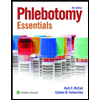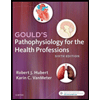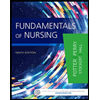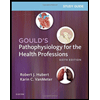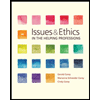Is alternative medicine scientifically proven?
Complementary and alternative medical practices and health care (CAM) is a diverse collection of medical practices and systems that are currently considered outside the realm of conventional medicines. Practices that are proven to be effective and safe are continually included in conventional practices. Therefore, what exactly constitutes CAM is constantly changing. Currently, CAM practices are categorized under five domains, namely, biologically-based treatment, alternative medical systems, body-based methods, mind-body interventions, and energy therapies.
Examples of alternative medical practices include Ayurveda, Homeopathy, Naturopathy, and many more.
Originally from India, Ayurveda provides a case-by-case treatment, based on the individual. Modalities include diets, herbs, meditation, and yoga. However, the exact measurement of the various components in these preparations and what exactly contributes to the cure, or which mechanism in the body is targeted is difficult to quantify and replicate. Homeopathy is the practice of inducing the symptoms of the disease using very small doses of specific actives, to prompt the self-healing of the body. However, this practice is mostly questioned on the effectiveness of dosages at such low levels, usually nanoscale, in curing a disease condition. uses minute doses of a substance that causes symptoms to stimulate the body’s self-healing response. Therefore there are several parameters that can neither be quantified nor be replicated, which reduces the authenticity of these alternate practices.
Step by step
Solved in 3 steps

